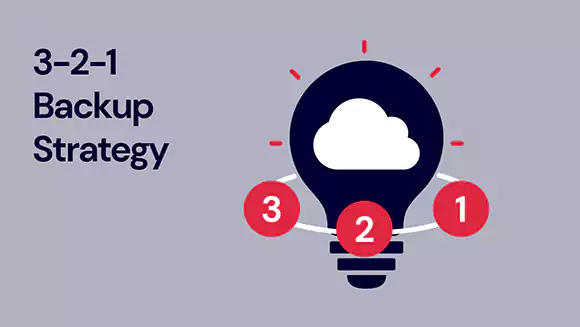
Backup Strategy For The Home Or Business
A Backup Strategy is necessary as technology continues to evolve and play a more integral role in our daily lives, the amount of data we generate and store on our personal computers is increasing. This data can be anything from important work documents to cherished family photos and videos. Therefore, it is crucial for home users to create backups of their computer data in order to avoid any potential data loss.
Creating a backup of your computer data involves making a copy of your important files and saving them on another storage device or location. There are several types of backups that you can choose from depending on your needs and preferences:
- Full Backup: This type of backup involves copying all of the files and data on your computer onto another storage device. It is the most comprehensive type of backup but can be time-consuming and require a large amount of storage space.
- Incremental Backup: This type of backup only saves the changes made to the files since the last backup. This is a quicker option compared to full backup, but it requires more management of backup sets.
- Mirror/Clone: This type of backup is a real-time exact copy of your data, which can be stored in another location. The clone backup can be restored immediately if required, however, it can be expensive to maintain.
In addition to different types of backup, there are also various types of media to choose from to store your backups:
- External Drives: (#ad) These are portable hard drives that can be connected to your computer via USB. They are affordable and have high storage capacities.
- SSD: Solid-state drives (#ad) are a type of storage device that have no moving parts, which makes them more reliable and durable. They also offer faster read/write speeds, making them an ideal choice for backing up data.
- Cloud: Cloud storage is an online backup solution that allows you to store your data on remote servers. It is a popular option as it provides easy access and data recovery.
- USB/Flash Drives: (3ad) These are portable and affordable storage devices that can store a moderate amount of data.
Now that we’ve covered different types of backups and storage media, let’s discuss how frequently you should back up your data. It is recommended to back up your data at least once a month or more frequently if you have important data that changes frequently.
Here are the steps to creating a backup strategy:
- Determine what type of backup you want to create, and the storage media you want to use.
- Choose a backup software. There are many options available, and some operating systems come with their own built-in backup tools.
- Decide which files you want to include in your backup, and select them.
- Start the backup process. Follow the prompts of your chosen backup software to start the backup.
- Test the backup to ensure that it has been successful and that you can restore the data if needed.
We recommend a backup strategy using the 3-2-1 rule for backup: three copies of your data, two local (on different devices) and one off-site. For most people, this means the original data on your computer, a backup on an external hard drive, and another on a cloud backup service. With this system, you’re highly unlikely to lose all your data, even if your laptop gets stolen, your hard drive crashes, your house burns down, or the Internet as we know it dies.
Creating a backup of your computer data is an essential step in ensuring that you don’t lose important files and data. With different types of backups and storage media available, as well as a range of backup software, there is a backup strategy solution that will fit your specific needs. By following the steps outlined above, you can create a backup that will give you peace of mind and protect your data in the event of a disaster.